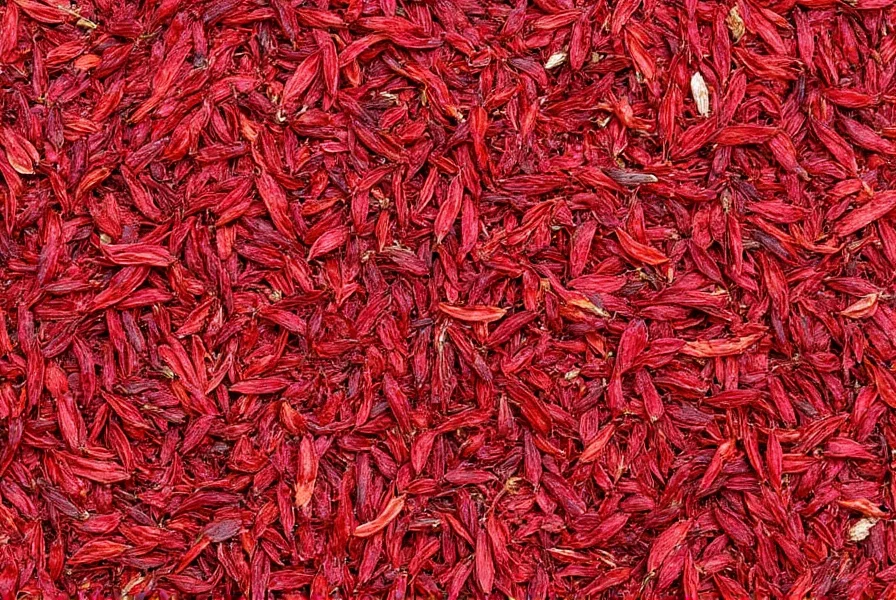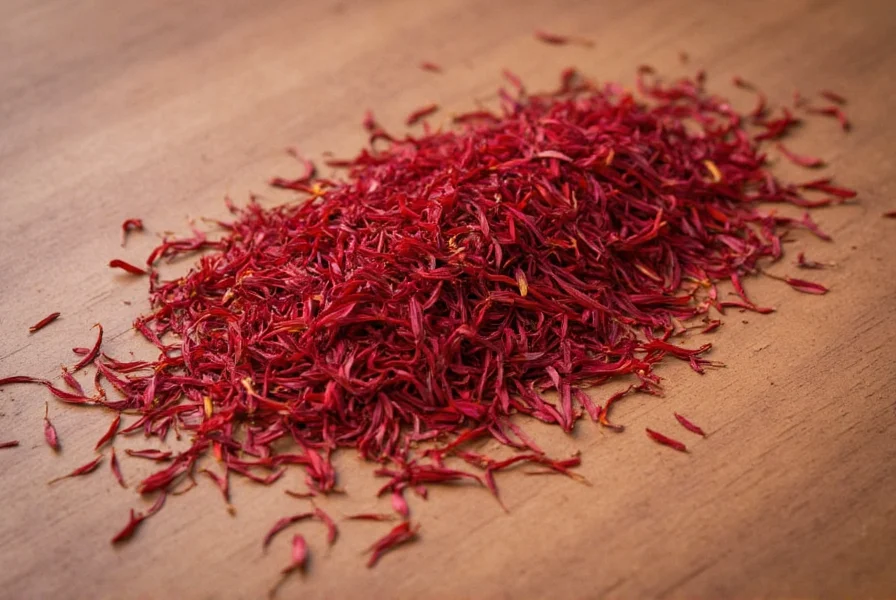Table of Contents
Introduction to Saffron
Iran is the world's largest saffron producer, accounting for over 90% of global supply. The highest quality saffron comes from the Kashan region of Iran, followed by Kashmir in India and La Mancha in Spain. Saffron, derived from the stigmas of the Crocus sativus flower, is prized for its vibrant color, distinct aroma, and culinary versatility. This guide provides evidence-based information sourced from the International Saffron Association and USDA agricultural reports.
Where Is Saffron Grown?
Saffron thrives in specific climates with warm, dry summers and cold winters. Ideal growing conditions require well-drained soil and ample sunlight. Global production is dominated by regions meeting these criteria:
- Iran – The largest producer, with Kashan region known for premium quality threads.
- India – Kashmiri saffron is renowned for deep red color and rich aroma.
- Spain – La Mancha region produces saffron for traditional paella and Mediterranean dishes.
- Greece – Kozani region saffron is highly valued in Mediterranean cuisine.
- Italy – Sardinia produces saffron for risotto and baked goods.
How Is Saffron Harvested?
The harvesting process is labor-intensive and delicate. Each Crocus sativus flower yields only three stigmas, which must be hand-picked at dawn before the flowers open. This timing preserves moisture integrity and potency. After harvesting, stigmas undergo specialized drying over 3-5 days under controlled conditions to maintain color, aroma, and active compounds (crocin, picrocrocin, safranal).
Famous Saffron Regions Around the World
| Region | Quality | Flavor Profile | Common Uses |
|---|---|---|---|
| Iran (Kashan) | High | Rich, sweet, and floral | Traditional Persian dishes, rice, and desserts |
| Kashmir, India | High | Deep red, strong aroma | Indian curries, biryanis, and sweets |
| Spain (La Mancha) | Medium-High | Earthy, slightly bitter | Paella, seafood, and soups |
| Greece (Kozani) | Medium | Subtle, floral | Mediterranean stews and rice dishes |
| Italy (Sardinia) | Medium | Delicate, aromatic | Risotto, sauces, and baked goods |
Practical Tips for Using and Storing Saffron
Proper usage and storage maximize saffron's flavor and color potential:
- Soak it first: Soak threads in warm liquid (water, broth, or milk) for 15-30 minutes before cooking to release full potency.
- Use sparingly: A few threads suffice for entire dishes due to intense coloring and flavor.
- Store properly: Keep in airtight, opaque containers away from light, heat, and moisture for up to 2 years.
- Verify authenticity: Real saffron releases golden-yellow color gradually in water; immediate red coloring indicates dye.
- Grind gently: Use mortar and pestle for fresh grinding to preserve volatile compounds.

Buying Guide: How to Choose the Best Saffron
Follow these science-backed criteria when purchasing saffron:
Key Quality Indicators
- Color: Deep red threads with orange tips (no yellow/brown streaks) indicate high crocin content.
- Aroma: Strong floral-honey scent with hay-like notes; avoid musty or chemical odors.
- Texture: Plump, slightly moist threads that bend without breaking.
- Purity: 100% pure threads with no additives; look for ISO 3632 certification.
Regional Saffron Profiles
Based on International Saffron Association data:
- Iranian Saffron (Kashan) – Highest crocin levels; ideal for Persian cuisine and gourmet applications.
- Kashmiri Saffron – Exceptional aroma intensity; preferred for Indian sweets and biryanis.
- Spanish Saffron (La Mancha) – Balanced earthy profile; standard for Mediterranean dishes.
- Organic Saffron – Grown without synthetic pesticides; verify USDA Organic certification.
Culinary Applications
Scientific studies confirm optimal use cases:
- Stews and soups – Enhances depth when added early in cooking.
- Rice and grains – Infuses basmati or jasmine rice with golden hue and subtle flavor.
- Desserts – Traditional use in baklava and rice puddings for floral notes.
- Drinks – Adds complexity to teas and cocktails at 0.05g per serving.

Frequently Asked Questions
Where does saffron originally come from?
According to the International Saffron Association and archaeological records, saffron was first cultivated in ancient Persia (modern-day Iran) over 3,000 years ago. It spread via trade routes to India, Greece, and Spain, with Iran remaining the dominant producer due to optimal climate conditions.
Why is saffron so expensive compared to other spices?
Saffron's high cost results from its labor-intensive harvesting process. Each flower yields only three stigmas, requiring 75,000 flowers to produce one pound. USDA agricultural reports confirm that 90% of global production requires manual labor for hand-picking and drying, making it the world's most expensive spice by weight.
What makes Iranian saffron considered the highest quality?
Iranian saffron (Kashan region) has the highest levels of crocin (color), picrocrocin (flavor), and safranal (aroma) per ISO 3632 standards. The region's specific soil composition, altitude (1,500-2,500m), and temperature variations create ideal growing conditions. According to the International Saffron Association, Iranian saffron consistently scores above 250 in color strength tests, the highest rating possible.
How can I tell if saffron is authentic and not adulterated?
Authentic saffron threads should be deep red with orange tips. When placed in warm water, genuine saffron releases golden-yellow color gradually over 15-20 minutes (not immediate red). Real saffron has a floral-honey aroma with hay-like notes, and threads feel pliable, not brittle. The USDA Food Safety and Inspection Service recommends purchasing ISO 3632-certified saffron to avoid counterfeit products.
What's the difference between Kashmiri and Spanish saffron?
Kashmiri saffron has higher crocin content (up to 8.5%) compared to Spanish saffron (5-7%), resulting in stronger coloring power. Kashmiri saffron has a sweeter, more floral profile, while Spanish saffron (La Mancha) exhibits earthier notes due to different drying methods. According to the International Saffron Association, Kashmiri saffron is preferred for Indian cuisine, while Spanish saffron is standard for Mediterranean dishes like paella.
Is there fake saffron in the market, and how prevalent is it?
Yes, saffron adulteration is common due to high value. The International Saffron Association reports that up to 50% of saffron in unregulated markets is adulterated with dyed corn silk, safflower, or marigold. To avoid counterfeits, purchase from suppliers with ISO 3632 certification and third-party lab testing. Real saffron costs $5-10+ per gram; prices below $3/gram indicate likely adulteration.
Conclusion
Saffron's value stems from its meticulous cultivation process and unique chemical properties. Understanding regional variations and quality indicators ensures optimal culinary use. Always verify authenticity through color tests and certification to avoid counterfeit products. For authoritative information on saffron sourcing, refer to the International Saffron Association and USDA agricultural reports.










 浙公网安备
33010002000092号
浙公网安备
33010002000092号 浙B2-20120091-4
浙B2-20120091-4